
December 2023
Featured Story | YEAR IN REVIEW
A wild 2023
Alaska fisheries hit market headwinds, California’s salmon fishery shuts down, a factory trawler burns, and a new ‘salmon jet’ takes to the skies
by WESLEY LOY
Alaska’s enormous salmon harvest ran up against weak markets. Chris Miller photo
“I’ve been in the industry a long time and I’ve never seen markets like this,” said Trident Seafoods CEO Joe Bundrant. Trident photo
A court challenge threatened – but failed – to halt the Southeast Alaska summer Chinook salmon troll fishery. Annina Giezendanner photo
Workers demolish Copco No. 2, the first of four Klamath River dams to be removed. Shane Anderson/Swiftwater Films photo
The Bering Sea snow crab fishery was closed for the second consecutive season. Chris Miller photo
Fire ravaged the Trident Seafoods factory trawler Kodiak Enterprise while moored in Tacoma. USCG Petty Officer Diolanda Caballero photo
Bristol Bay salmon setnetters voted against joining the Bristol Bay Regional Seafood Development Association. BBRSDA photo
Alaska Airlines unveiled its newest “salmon jet.” Alaska Airlines photo
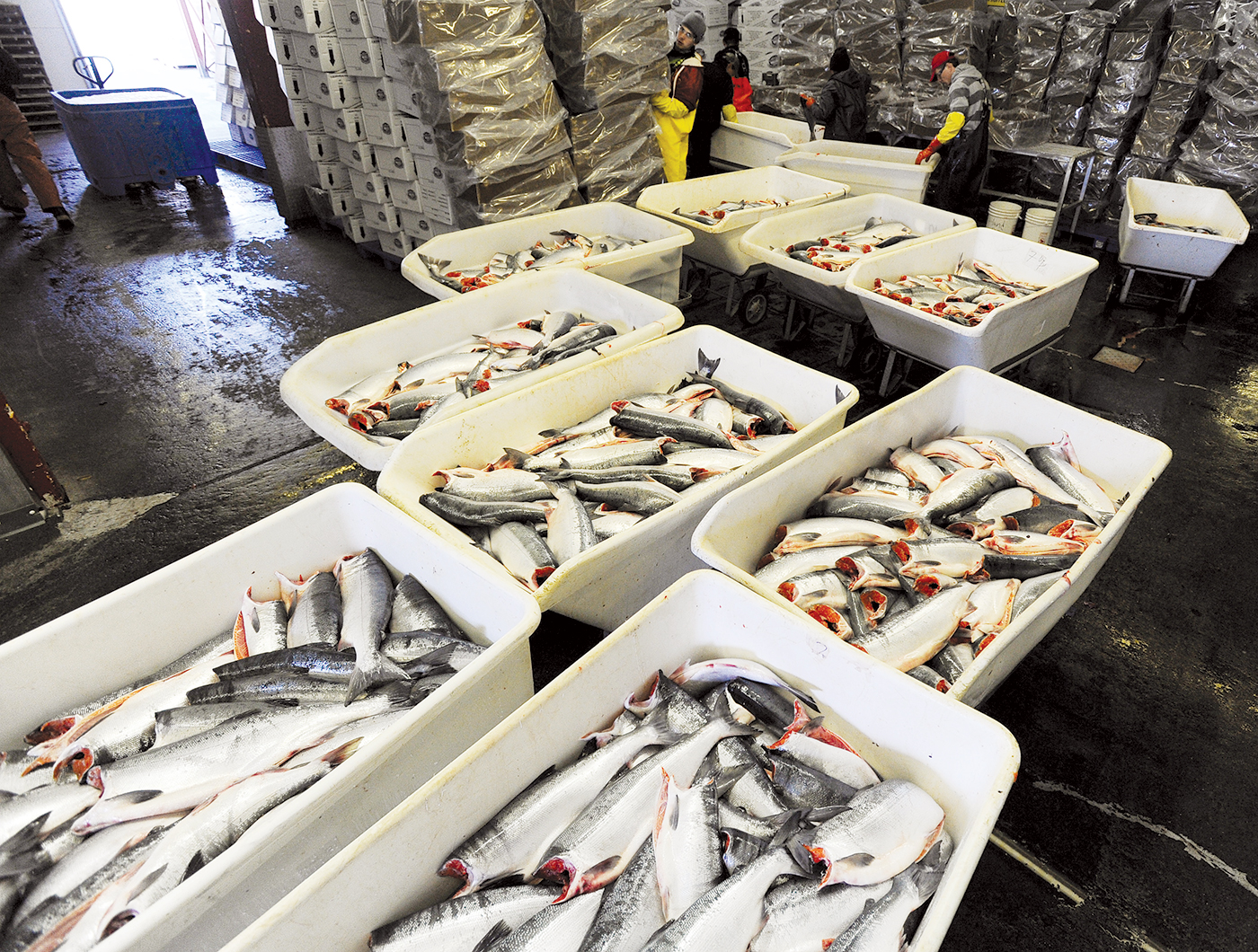
• • • •
Alaska produced an enormous harvest of more than 230 million salmon. Unfortunately, however, fishermen and processors slammed into adverse market conditions that took the luster off the season.
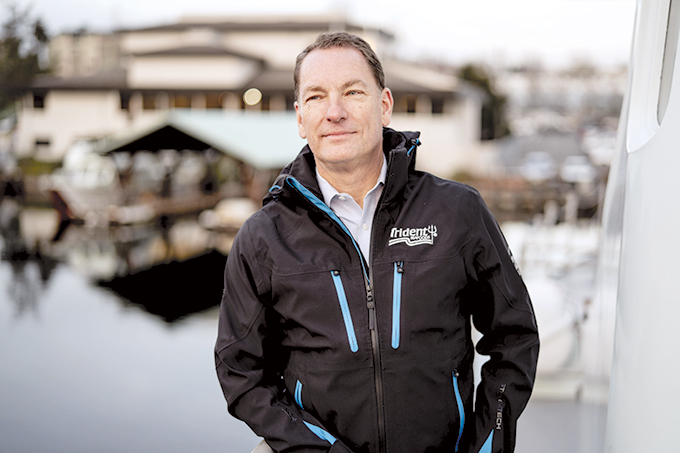
By species, pink salmon tallied more than 152 million fish, with sockeye totaling nearly 52 million.
“International market conditions significantly impacted pricing of salmon statewide, thus value of the harvest,” the Alaska Department of Fish and Game reported.
The 2023 ex-vessel value estimate of $398.6 million was the sixth-lowest since 1975, the department said.
Joe Bundrant, CEO of Seattle-based Trident Seafoods Corp., one of the state’s top processors, said dire market conditions were sweeping not only salmon but other seafood market sectors.
“I’ve been in the industry a long time and I’ve never seen markets like this,” Bundrant said in an Aug. 15 press release. “The rate and pace at which markets are collapsing across our key species is staggering.”
In a letter to its fleet dated Aug. 5, Trident reported grim conditions in the salmon markets, including “a sharp decrease in wholesale prices across all species.” It said chum markets had collapsed, and that Russia, with a huge pink salmon harvest, had “shown a willingness to offload inventory at very low prices in part to fund the war in Ukraine.” Trident added: “We haven’t seen a collapse in value like this since the 1990s when pinks went well under 10 cents a pound.”
Processors around the state reportedly reduced prices and stopped buying fish early, due to an apparent glutted salmon market.
At Bristol Bay, scene of Alaska’s most valuable salmon fishery, gillnetters were angry over the average base ex-vessel price of 52 cents per pound, less than half the $1.15 processors paid in 2022. Dozens of fishermen formed a protest flotilla in the Naknek River entrance on July 20.
It appeared inventory carryover from last year’s record harvest of more than 60 million Bristol Bay sockeye dragged down prices this season.
• • • •
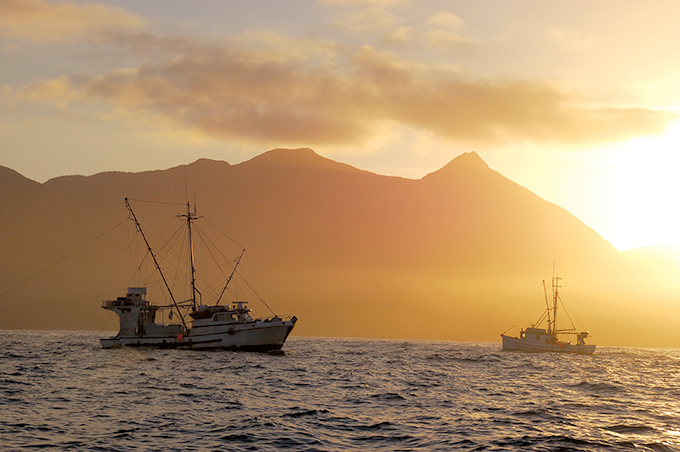
But an order from the 9th U.S. Circuit Court of Appeals in San Francisco saved the season, which opened as scheduled on July 1.
The court case isn’t over. The Wild Fish Conservancy continues to press its lawsuit arguing the Southeast Alaska troll fishery takes salmon endangered Southern Resident killer whales need for food.
The National Marine Fisheries Service, the state of Alaska, and the Alaska Trollers Association are fighting the lawsuit.
• • • •
California fishermen took a heavy blow with the statewide closure of the commercial ocean salmon fishery for 2024.
The action was necessary “given the low abundance forecasts for both Klamath and Sacramento River fall Chinook,” the Pacific Fishery Management Council said in an April 6 announcement.
“The forecasts for Chinook returning to California rivers this year are near record lows,” council Chair Marc Gorelnik said. “The poor conditions in the freshwater environment that contributed to these low forecasted returns are unfortunately not something that the council can, or has authority to, control.”
Biologists said the Chinook population declined dramatically after years of drought.
California elected officials sought federal disaster relief.
• • • •
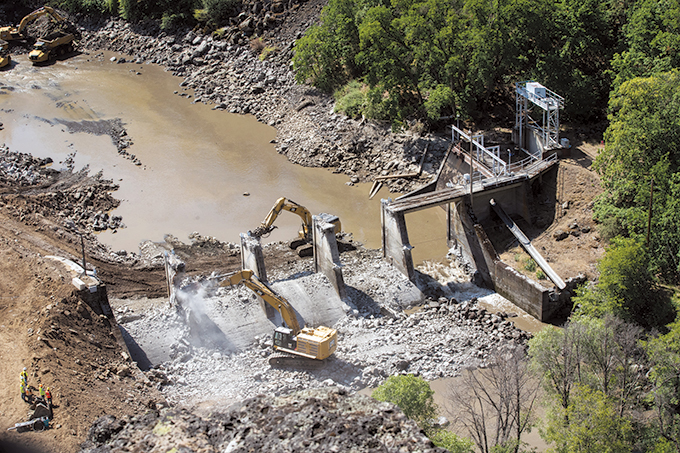
By early November, crews were putting the final touches on removal of a dam known as Copco No. 2.
“Copco No. 2 is the first dam to be removed due to its small stature, location, and lack of reservoir,” said Mark Bransom, CEO of the Klamath River Renewal Corp., which is overseeing removal of four Lower Klamath hydroelectric dams.
The remaining three dams – Copco No. 1, Iron Gate, and J.C. Boyle – are slated for removal next year.
• • • •
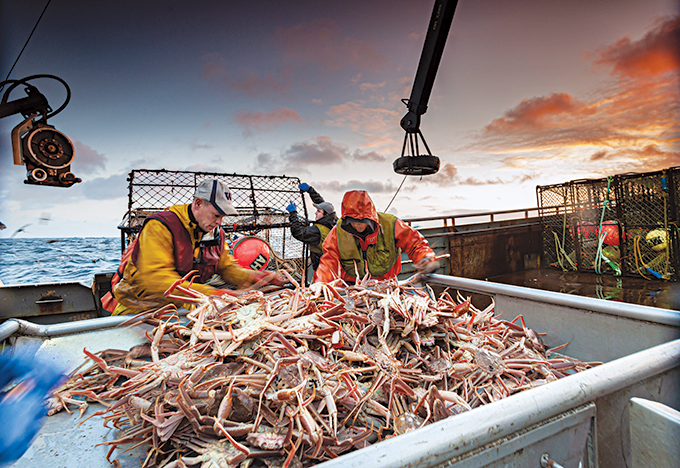
After a two-year hiatus, the Bristol Bay red king crab fishery reopened Oct. 15 with a modest quota of 2.15 million pounds. The quota was fully harvested by 31 vessels, the Alaska Department of Fish and Game said.
The Bering Sea snow crab fishery remained closed for a second consecutive season. This year’s bottom trawl survey showed snow crab mature female and commercial-size male abundance was at an all-time low.
The federal government in May announced the allocation of more than $191 million in disaster relief for the Bristol Bay red king crab and Bering Sea snow crab fisheries.
• • • •
The long, sad decline of the Togiak herring fishery reached rock bottom when the fishery failed to open for lack of any buyers.
This was once a madhouse fishery with numerous fishing vessels, processors, spotter planes, and plenty of excitement for the chance to net a fast fortune.
Years of waning demand for herring roe in Asia finally dealt a death blow to Togiak this year – this despite the fact that an enormous volume of herring was available for harvest.
• • • •
The biggest Tanner crab quota in many years was up for grabs at Kodiak beginning Jan. 15, but the fleet stayed in port in an effort to extract higher prices from processors.
The Kodiak District quota of 5.8 million pounds was more than five times the prior season’s quota. Kodiak hadn’t seen a harvest that large since the nearly 9 million pounds taken in 1986.
The strike lasted until Jan. 28, when crabbers and the four processors agreed to prices.
• • • •
Alaska’s trawl industry came under continued popular and political pressure due to bycatch of salmon, crab, halibut, and killer whales.
In April, two prominent Alaska tribal organizations – the Association of Village Council Presidents and Tanana Chiefs Conference – went to federal court to challenge the Bering Sea and Aleutian Islands groundfish fisheries. They raised concerns about trawl bycatch of salmon amid ecosystem change.
• • • •
In the latest effort to deal with protracted legal conflict over Cook Inlet salmon management, the National Marine Fisheries Service proposed federal management of commercial and recreational salmon fishing in the inlet’s Exclusive Economic Zone.
Previously, salmon management in these federal waters was deferred to the state of Alaska.
Federal management would mean new requirements for commercial drift gillnet vessels fishing in the Cook Inlet EEZ. Vessels would need to obtain a federal permit, maintain a fishing logbook, and have a vessel monitoring system installed.
Processors taking delivery of salmon caught in the EEZ also would need a federal permit.
If approved, the proposed action would be effective for the 2024 salmon season.
• • • •
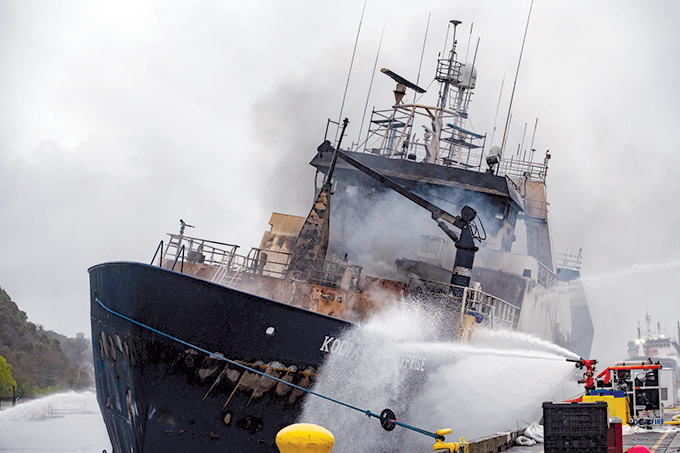
Shortly before 4 a.m. on April 8, a fire was reported in the galley, said the National Transportation Safety Board, which was investigating.
The blaze was intense, and firefighters cooled the hull with water. Flames appeared over much of the vessel and devastated the wheelhouse. A large volume of Freon was released. With smoke billowing, a shelter in place order was issued for nearby neighborhoods.
It wasn’t until April 14 that responders tweeted “the fire is out on the F/V Kodiak Enterprise.” No injuries were reported.
The 262-foot vessel belonged to Trident Seafoods, and primarily fished Bering Sea pollock.
• • • •
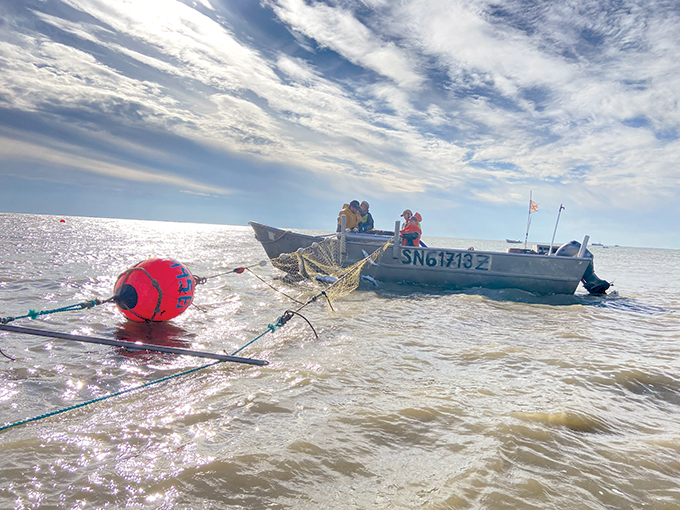
“Over 30 percent of the setnetters voted, and the vote narrowly failed by a margin of 19 votes,” BBRSDA said.
BBRSDA is a state-sanctioned organization working to promote the quality and value of Bristol Bay sockeye. Its membership consists of the drift gillnet fleet, but not the smaller setnet fleet. The Bristol Bay setnet fishery had 958 active fishing permits this year.
The goal of the vote-by-mail election was to unify both fishing sectors under the BBRSDA banner. The question before the setnetters was whether to pay the 1 percent landings tax – which supports the association – to join.
• • • •
Speculation swirled that Trident Seafoods was planning to build a huge new processing plant at Unalaska to replace its cramped and aging facility at nearby Akutan.
The company confirmed those plans with an Aug. 15 press release – but also said it would delay breaking ground on the new plant by a year until 2025.
“This decision reflects an unprecedented confluence of high inventory levels, low consumer demand, and aggressive price competition in global markets,” the press release said. “These forces have driven prices down rapidly and across species – all while high global inflation and rising interest rates are driving up operating costs.”
The Akutan plant processes primarily Bering Sea pollock, as well as cod, crab, and halibut.

• • • •
Alaska Airlines unveiled its newest “salmon jet.” The paint theme for the Boeing 737-800 is Xáat Kwáani – meaning “Salmon People” in the Tlingit language. The designer is an Alaska Native artist, Crystal Kaakeeyáa Rose Demientieff Worl. The aircraft began flying in May. The Salmon People plane updates the previous salmon jet, which was painted as an enormous and realistic-looking Alaska king salmon.
